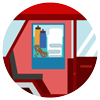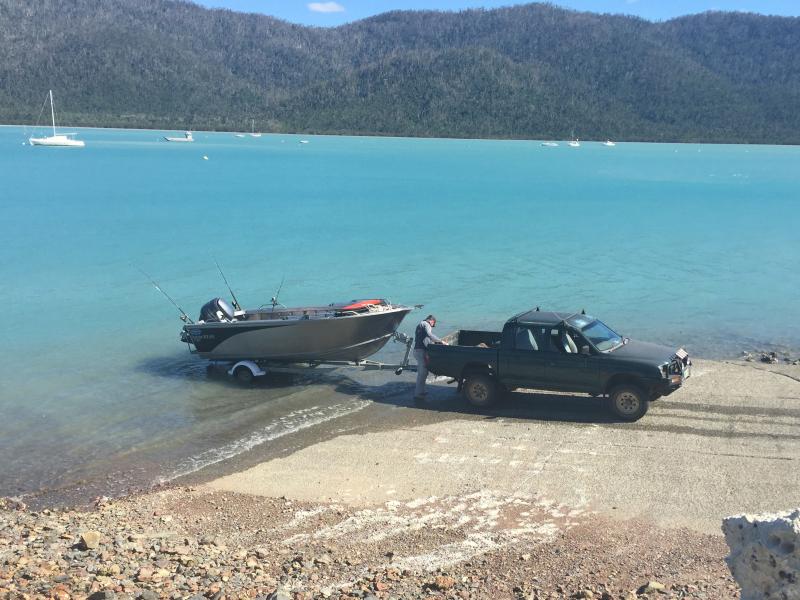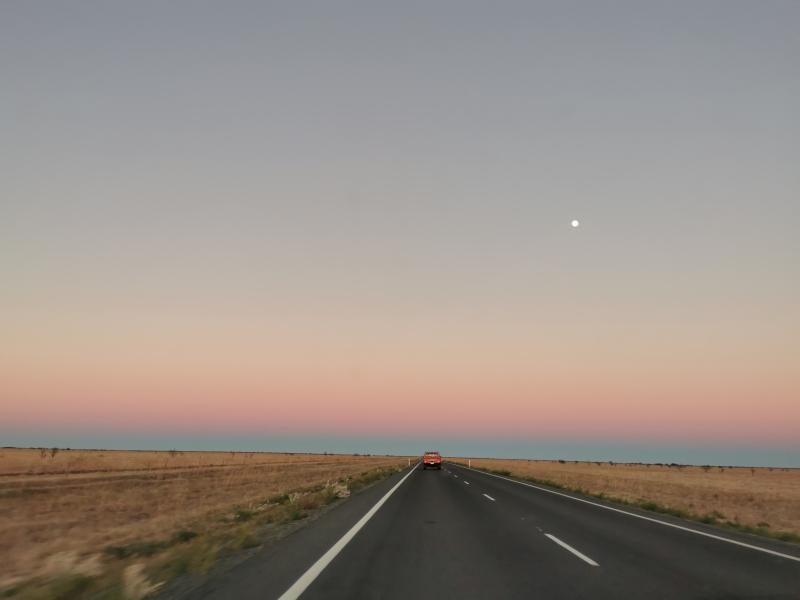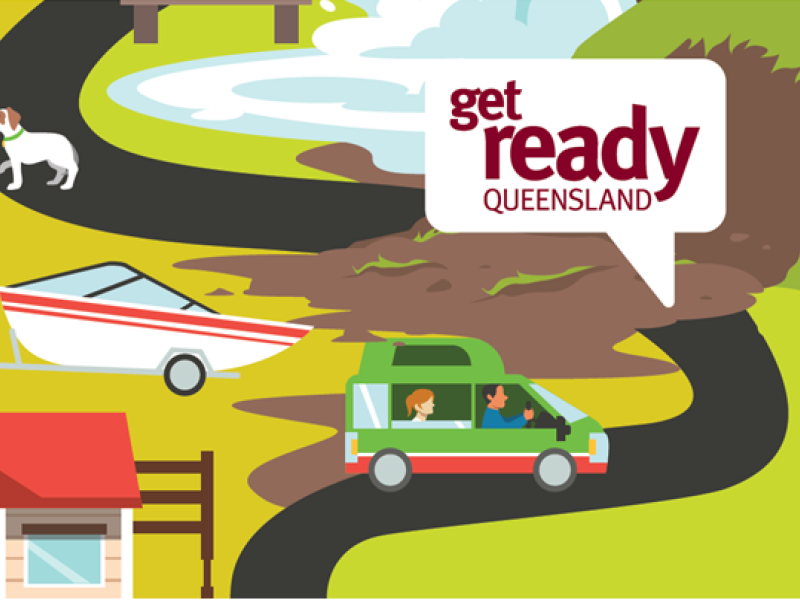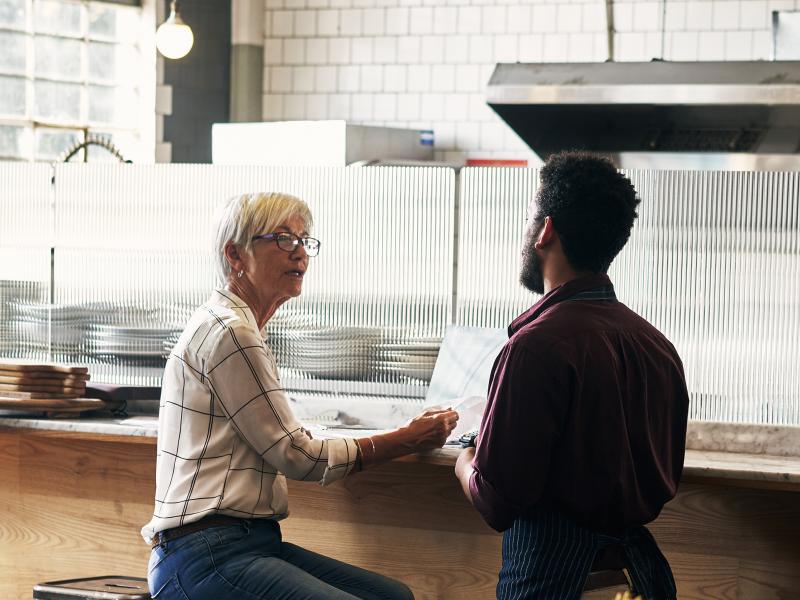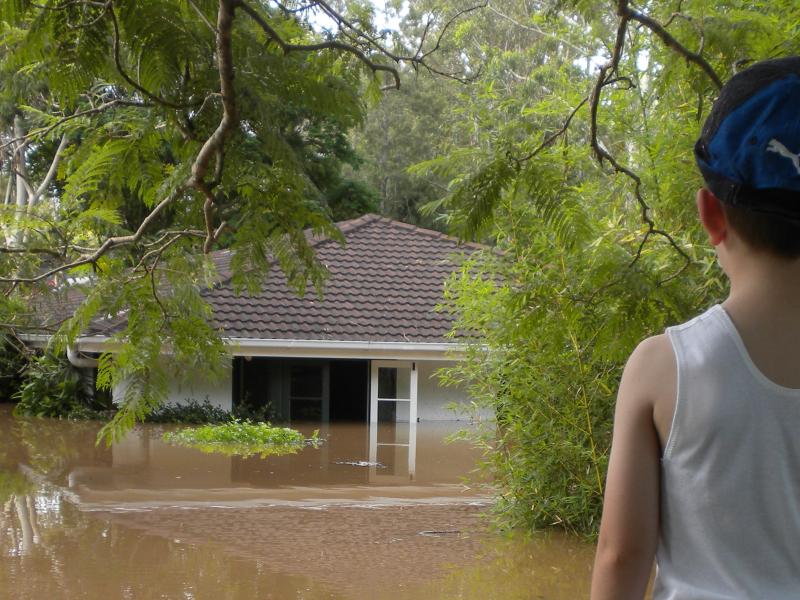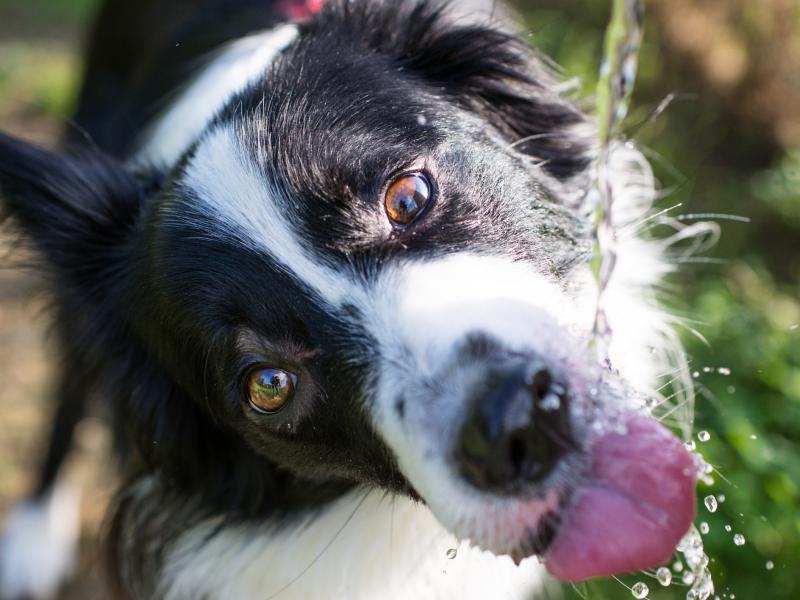Make sure your vehicle is best prepared for emergencies, natural disasters and weather events. See our list of important items you should pack in your car.
Regardless if you own, lease or are renting a vehicle of any type, before the next natural disaster hits put a plan in place and take the necessary steps to protect your vehicle.
How to get your vehicle ready for the next natural disaster
Complete the following steps now to ensure you and your vehicle are best prepared for a natural disaster.
Hover over the interactive dots below or expand the checklist to find out how.
Alternatively the following checklist is also available in the Get Ready Queensland protection while you are out and about booklet which is available to download.
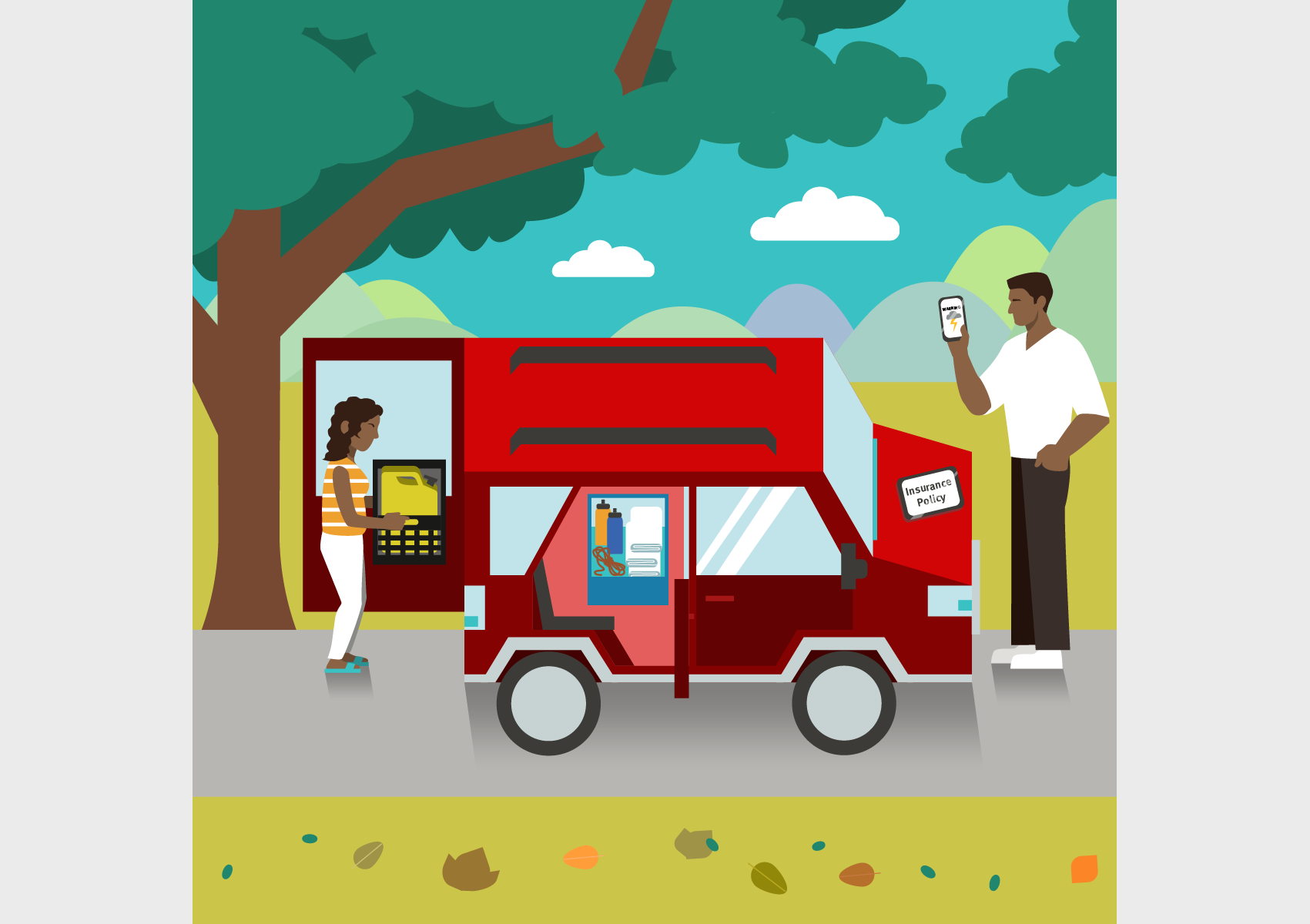
Ensure your car insurance is current and that it adequately covers your vehicle.

Check you have good tyre tread (at least 1.5mm deep across the whole tyre width).
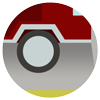
Check all of your vehicle’s lights work well.

Your windscreen and lights are clean.

Ensure you have a spare supply of fuel for use in your vehicle to get you to the nearest fuel outlet (ensure you store fuel safely in an appropriate container).

Download useful apps and sign-up to local weather alerts and warnings for the areas you are visiting.
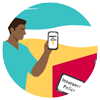
Ensure your car insurance is current and that it adequately covers your vehicle.

Check you have good tyre tread (at least 1.5mm deep across the whole tyre width).

Check all of your vehicle’s lights work well.

Your windscreen and lights are clean.

Ensure you have a spare supply of fuel for use in your vehicle to get you to the nearest fuel outlet (ensure you store fuel safely in an appropriate container).

Download useful apps and sign-up to local weather alerts and warnings for the areas you are visiting.

Ensure your car insurance is current and that it adequately covers your vehicle.

Check you have good tyre tread (at least 1.5mm deep across the whole tyre width).

Check all of your vehicle’s lights work well.

Your windscreen and lights are clean.

Ensure you have a spare supply of fuel for use in your vehicle to get you to the nearest fuel outlet (ensure you store fuel safely in an appropriate container).

Download useful apps and sign-up to local weather alerts and warnings for the areas you are visiting.

Pack your vehicle emergency kit
Your vehicle emergency kit, stored at all times in the vehicle, will ensure you are prepared for all manner of situations that may occur if you are caught in a natural disaster.
Hover over the interactive dots below or expand the checklist to find our what to include.
Alternatively the following checklist is also available in the Get Ready Queensland protection while you are out and about booklet which is available to download.
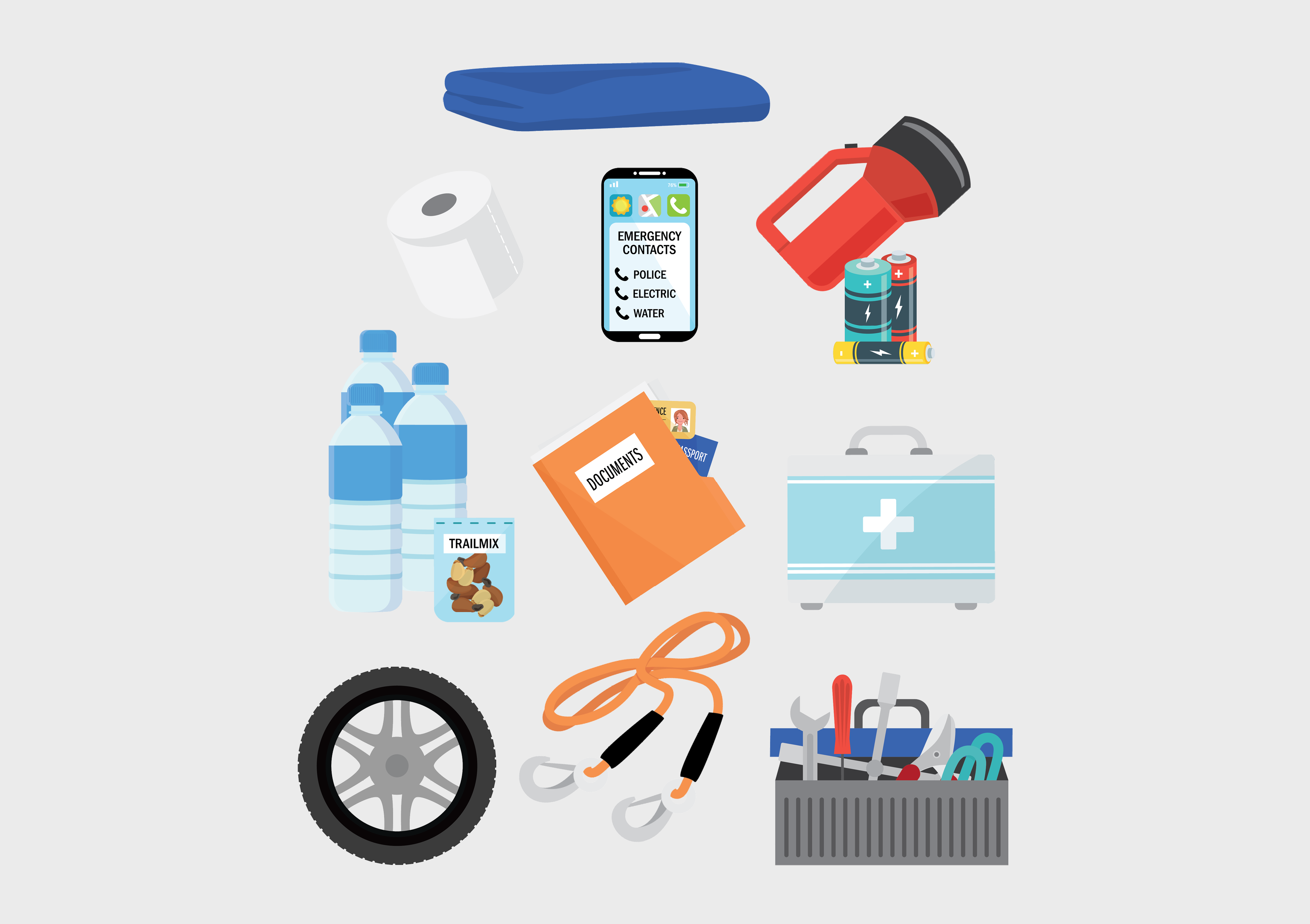
In case you get stranded in your car overnight, blankets will keep you warm and a tarpaulin will help keep the weather out of your car in case of a shattered windscreen or window. You can also use these items to protect your car if you get caught in a hail storm.
It’s always good to have a roll of toilet paper on hand.

Save local emergency contact details in your phone in case you need to call for help. Check out the Get Ready emergency contacts page for for a full listing.

A heavy duty, waterproof torch (and spare batteries) will provide valuable light when you most need it. Avoid using your smartphone as a light source to preserve battery during an emergency.

Bottled water and dry food or snacks in case you are caught away from your home.
Keep a photo copy of your driver’s licence, passport, travel and insurance papers as back-up in the event you cannot gain access your home or household emergency kit.

Ensure you have a first aid kit and manual in case of any medical incident on the road.

Know where the jack in the car is stored and have 1-2 spare tyres packed in case you get a puncture.

Pack a towrope in case you get bogged. However always abide by ‘if it’s flooded, forget it’ if you come across any flooded road on your travels.

Pack a tool kit in case you need to do any mechanical repairs whilst on the road – you don’t need to be a mechanic but it’s good to know a few basic skills.

In case you get stranded in your car overnight, blankets will keep you warm and a tarpaulin will help keep the weather out of your car in case of a shattered windscreen or window. You can also use these items to protect your car if you get caught in a hail storm.
It’s always good to have a roll of toilet paper on hand.

Save local emergency contact details in your phone in case you need to call for help. Check out the Get Ready emergency contacts page for for a full listing.

A heavy duty, waterproof torch (and spare batteries) will provide valuable light when you most need it. Avoid using your smartphone as a light source to preserve battery during an emergency.

Bottled water and dry food or snacks in case you are caught away from your home.
Keep a photo copy of your driver’s licence, passport, travel and insurance papers as back-up in the event you cannot gain access your home or household emergency kit.

Ensure you have a first aid kit and manual in case of any medical incident on the road.

Know where the jack in the car is stored and have 1-2 spare tyres packed in case you get a puncture.

Pack a towrope in case you get bogged. However always abide by ‘if it’s flooded, forget it’ if you come across any flooded road on your travels.

Pack a tool kit in case you need to do any mechanical repairs whilst on the road – you don’t need to be a mechanic but it’s good to know a few basic skills.

In case you get stranded in your car overnight, blankets will keep you warm and a tarpaulin will help keep the weather out of your car in case of a shattered windscreen or window. You can also use these items to protect your car if you get caught in a hail storm.
It’s always good to have a roll of toilet paper on hand.

Save local emergency contact details in your phone in case you need to call for help. Check out the Get Ready emergency contacts page for for a full listing.

A heavy duty, waterproof torch (and spare batteries) will provide valuable light when you most need it. Avoid using your smartphone as a light source to preserve battery during an emergency.

Bottled water and dry food or snacks in case you are caught away from your home.
Keep a photo copy of your driver’s licence, passport, travel and insurance papers as back-up in the event you cannot gain access your home or household emergency kit.

Ensure you have a first aid kit and manual in case of any medical incident on the road.

Know where the jack in the car is stored and have 1-2 spare tyres packed in case you get a puncture.

Pack a towrope in case you get bogged. However always abide by ‘if it’s flooded, forget it’ if you come across any flooded road on your travels.

Pack a tool kit in case you need to do any mechanical repairs whilst on the road – you don’t need to be a mechanic but it’s good to know a few basic skills.

When a severe weather warning is issued
The first thing you should consider if a severe weather or flood warning is issued is do you need to drive at all. If you are already on the road when a storm hits or need to be on the road due to family circumstances, follow these tips and remember never attempt to drive across a flooded road.
Find out more and Get Ready
Check out these other pages and resources to help you Get Ready.
